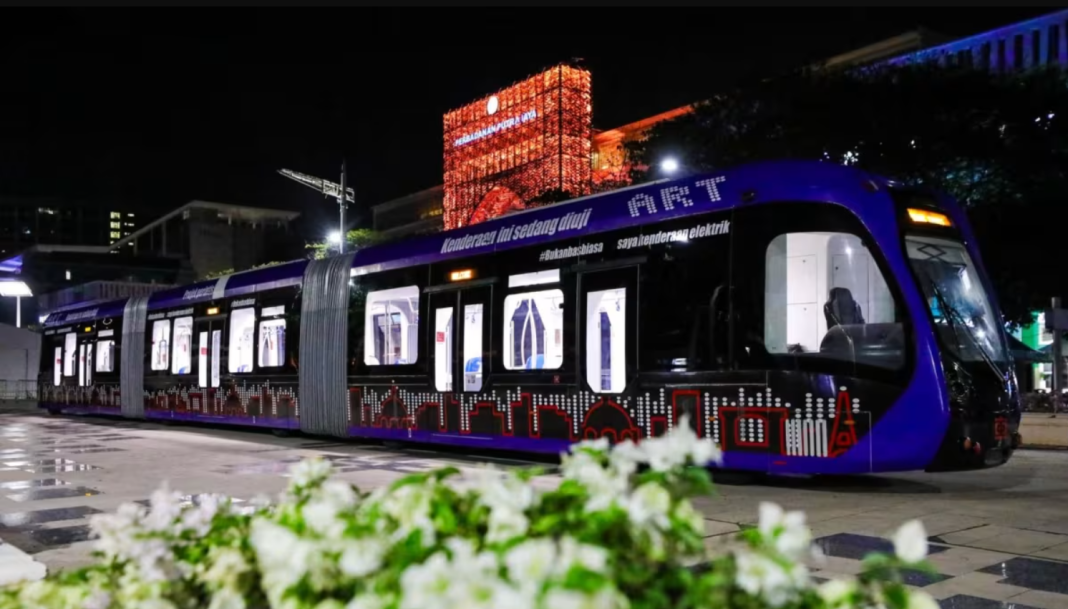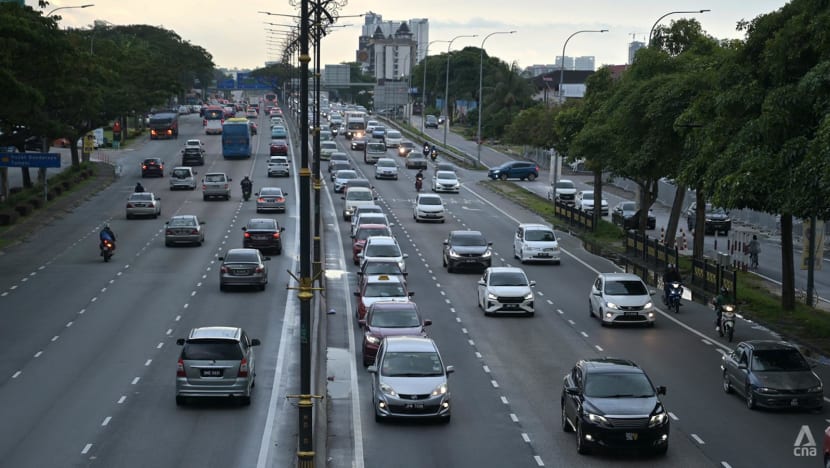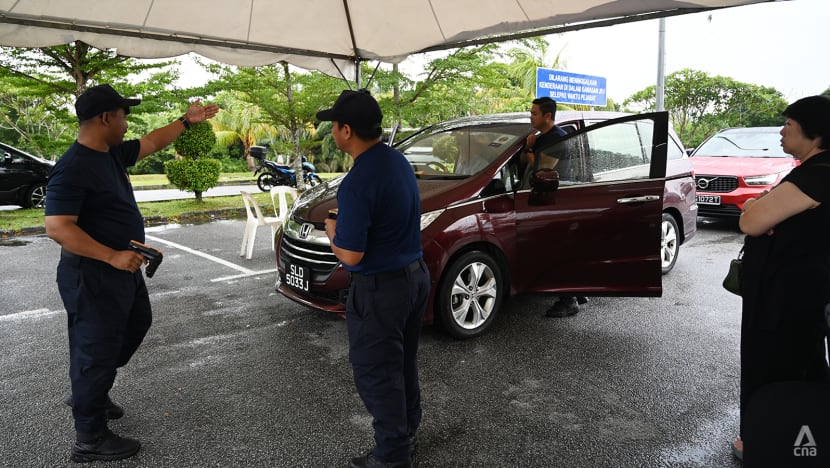A bus-tram network will take a shorter time to build than a light rail transit system, says Anthony Loke, who also touches on “lenient” enforcement for the Vehicle Entry Permit.
JOHOR BAHRU: The Malaysian federal government has decided on a public bus-tram network to ease congestion in southern Johor, Transport Minister Anthony Loke said on Thursday (Feb 13).
His confirmation ends speculation over whether the government would proceed with an elevated system of bus-trams called autonomous rail rapid transit (ART), or a light rail transit (LRT) system to resolve southern Johor’s public transportation woes.
“The direction for Johor Bahru today is to proceed with the elevated ART system,” said Loke at a media conference after the signing of an agreement to build an integrated mixed-use property linked to Bukit Chagar station of the Johor Bahru-Singapore Rapid Transit System (RTS) Link.
“It has viaducts and specified lanes … a bus-rail concept that is more flexible than the LRT. (Going with the ART) is also what was requested by the Johor state government,” Loke added.
He explained that his ministry submitted a proposal last December for the elevated ART system to be built in southern Johor.
The Cabinet agreed and decided to task the public-private partnership unit (UKAS) under the Prime Minister’s Department to call for tender proposals, he said.
Asked why the government decided not to go with an LRT system as seen in the Klang Valley and Penang, Loke said an ART system could be built in a shorter time – a key consideration, as the RTS Link is set to begin service in end-2026.
“The LRT takes many years to build, five to seven years at the earliest. The ART is simpler and can be built faster,” he said.
“I also spoke to the Johor chief minister (Onn Hafiz Ghazi) this morning and it is his wish that the elevated ART be built because it’s quicker,” he added.
In April last year, Onn Hafiz announced the Johor state government had received royal consent to propose the implementation of a multi-tiered ART system in southern Johor, with the final decision resting with the federal government.
The Johor state government said in 2024 that the proposed rail network would stretch 30km and transport passengers from Johor Bahru city centre to the suburbs via three lines, the Iskandar Puteri, Skudai and Tebrau lines.
The lines would pass through populated areas of Johor Bahru as well as neighbouring districts like Iskandar Puteri and Pasir Gudang.
An ART system is typically an autonomous train-bus hybrid network running on roads. Its carriages, which run on rubber wheels, use sensors that enable the vehicle to follow a route defined by a virtual track.
Within Malaysia, Sarawak is expected to start running an ART line from early 2026, with the first phase spanning 27.6 kilometres. The system has also been trialled in Putrajaya, the country’s administrative centre.
Analysts previously told CNA that an LRT is faster and typically carries a higher volume of travellers, but that ARTs are much cheaper.
Both options, they said, would offer travellers from Singapore and within southern Johor a desperately needed alternative to its choked highways and a public bus network plagued by long waiting times.
MALAYSIA STILL IN “LENIENT” PHASE OF VEP ENFORCEMENT
On Thursday, Loke was also asked about whether the government would step up enforcement of Vehicle Entry Permits (VEP), required of all foreign-registered vehicles entering the country by land from Singapore since October 2024.
He reiterated that the government was still in the first phase of enforcement, where drivers without VEP tags would be issued warnings instead of fines.
“We are still giving (drivers some) space, we are being lenient and taking a soft approach,” said Loke.
“After this phase we will enforce, and in the future we will give prior notice of the enforcement date. We won’t enforce it without any notice,” he added.
The VEP, a radio frequency identification tag attached to vehicles, allows Malaysian authorities to track foreign vehicles and note if the drivers have outstanding fines for traffic offences.
Following the government’s announcement of the requirement in May last year, Singapore drivers scrambled for VEPs, resulting in a bottleneck in applications.
Motorists also faced long queues at installation centres.
Four days before the start of the VEP enforcement, the Road Transport Department said Singapore cars yet to install VEP tags by Oct 1 last year would still be allowed to enter Malaysia.
The Malaysia government previously said that motorists who fail to install a VEP may be fined up to RM2,000 (US$484) or jailed for up to six months.





